Massive Scale Model Of Ancient Rome Rebuilt After 35 Years
The plaster model is a masterpiece created by archaeologist Italo Gismondi, who worked on the piece throughout his life. The initial core of the scale model, which was partially based on Rodolfo Lanciani‘s 1901 map Forma Urbis, was completed for a large exhibition celebrating the 2,000th anniversary of the death of Augustus.
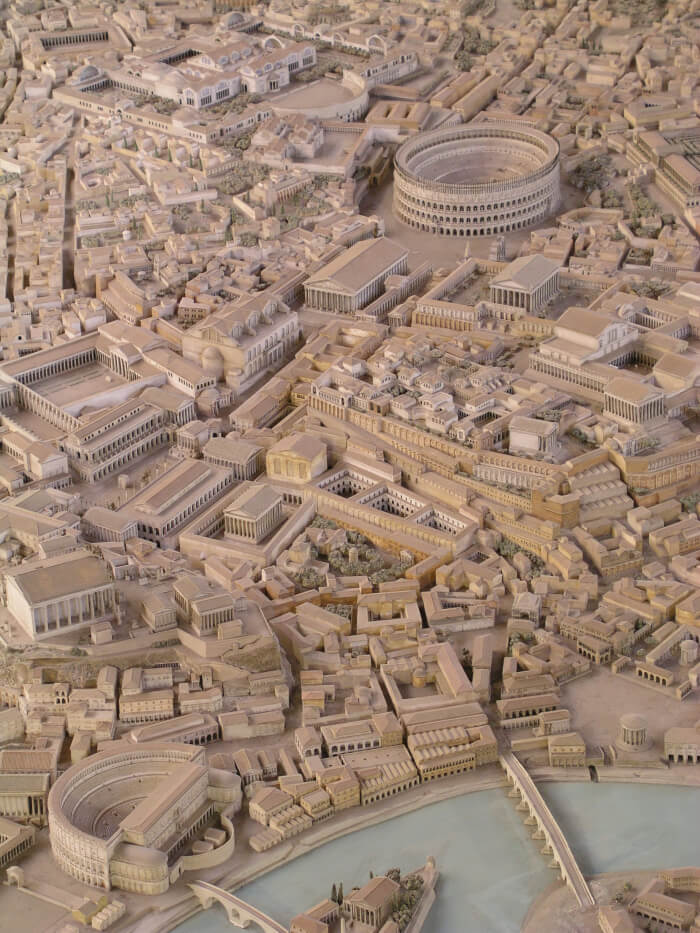 Source: Flickr
Source: Flickr
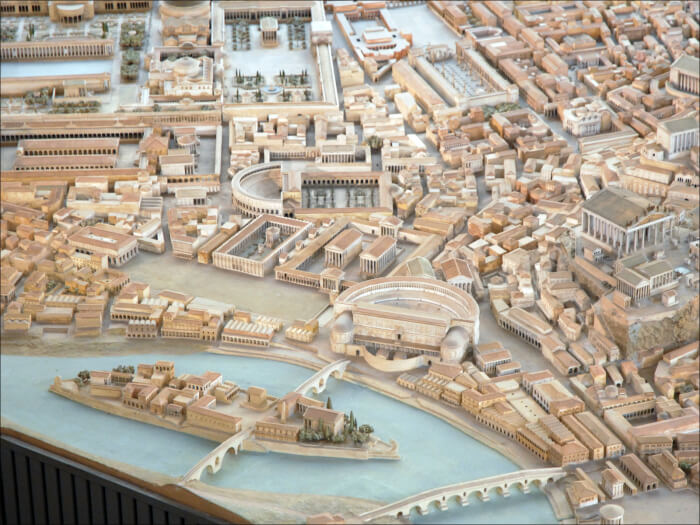 Source: Flickr
Source: Flickr
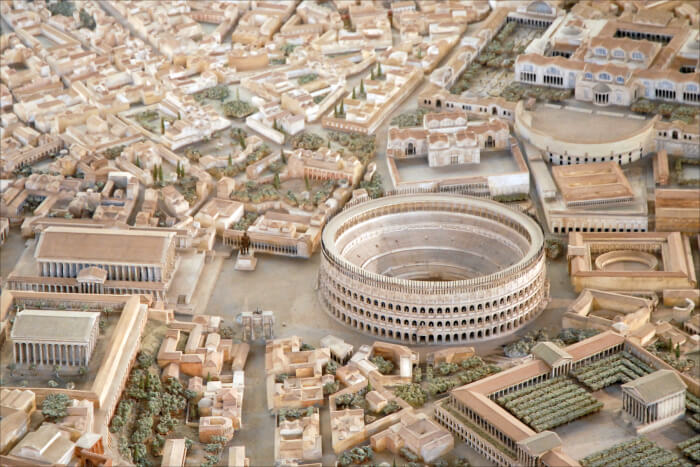 Source: Flickr
Source: Flickr
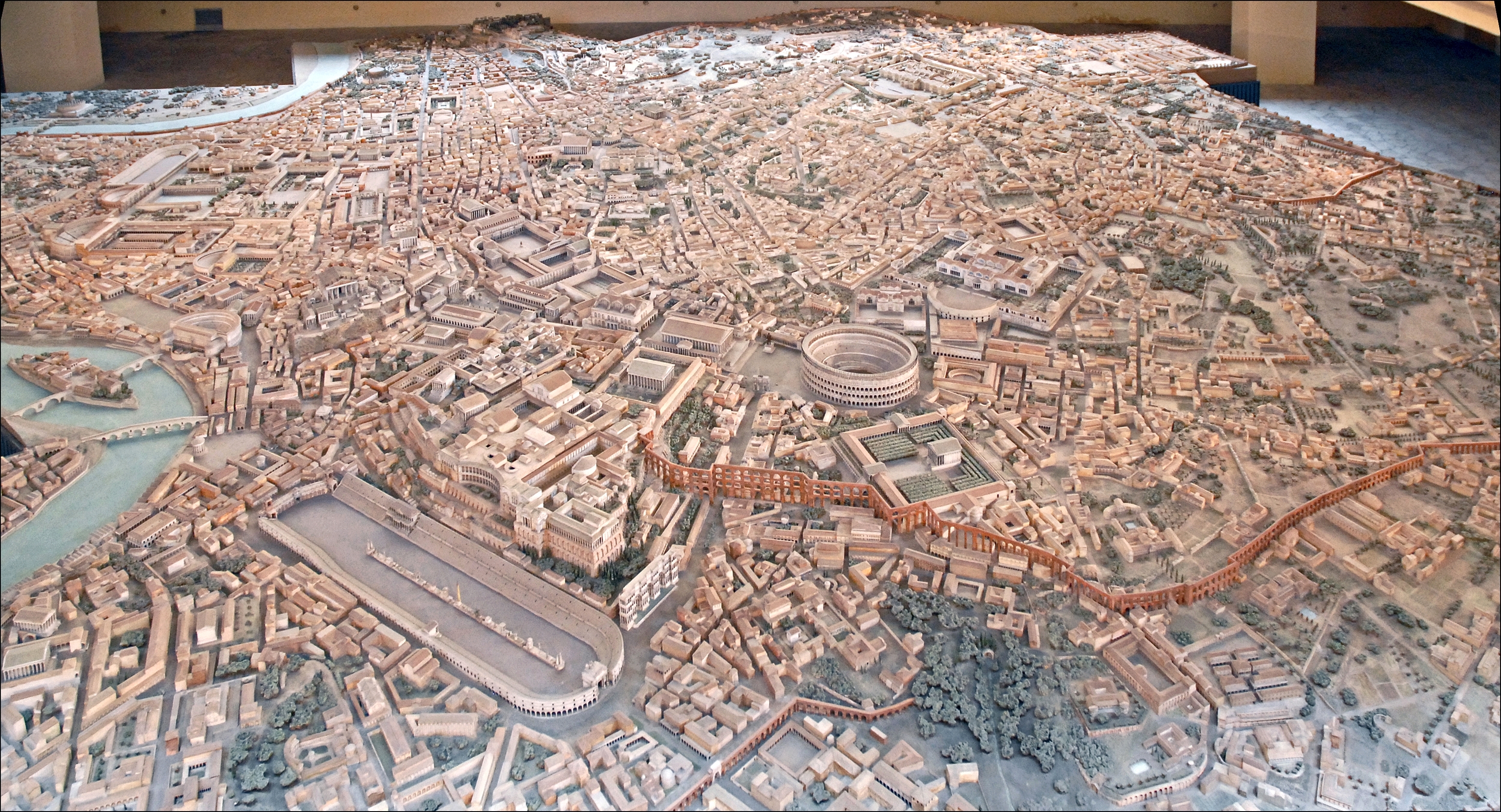 Source: Flickr
Source: Flickr
 Source: Flickr
Source: Flickr
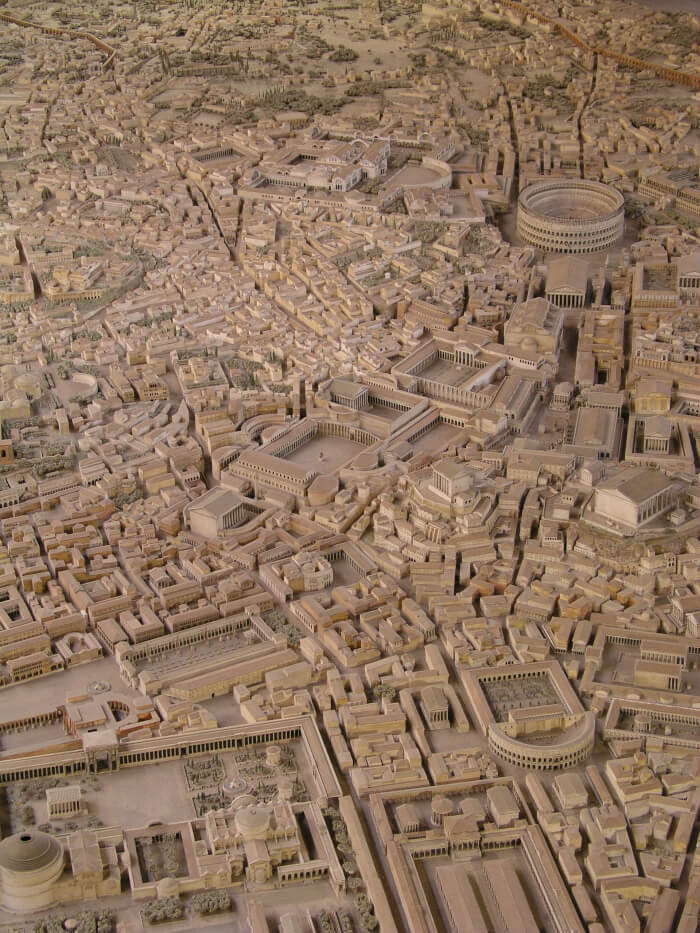 Source: Flickr
Source: Flickr
 Source: Flickr
Source: Flickr
Share this article
Advertisement